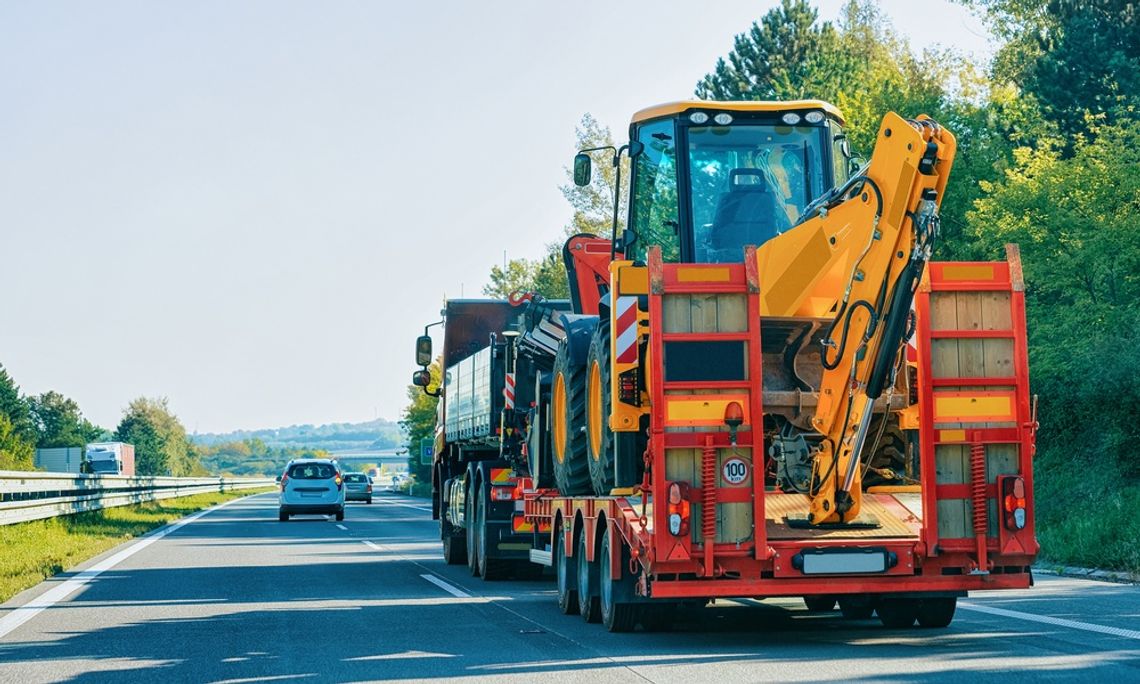Towing might seem like a straightforward task, but without the right tools, it can quickly become frustrating. Whether you’re hauling a flatbed trailer or renting a storage trailer, having the proper gear on hand ensures both safety and efficiency.
Here are seven must-have tools you need for a smooth towing experience that will make your trip hassle-free.
High-Quality Hitch and Ball Mount
The ball mount is the most common connection method. This advice is for ball mount users. Focusing on the towed item helps us identify the appropriate hitch and ball mount. When choosing high-quality ball mounts, seek out sturdy materials like steel, aluminum, and reinforced composites, along with capacity ratings and smooth finishes to prevent issues..
Double-check that the ball mount fits snugly to avoid any mishaps on the road. Inspect for any rust, cracks, or signs of wear before connecting the trailer, as this can compromise the entire setup.
Trailer Brake Controller
The trailer's weight significantly impacts braking performance. Heavier trailers need more braking force and longer stopping distances, so it’s crucial to understand how weight distribution affects safe stopping.
It’s crucial to test the brakes before departing, particularly if you’re towing for the first time or using a rental vehicle. Well-functioning brakes are essential for safety and are also legally required in many states, including California, Texas, and New York.
Extended Side Mirrors
Standard mirrors often fall short when towing larger trailers. Extended side mirrors offer a broader view of the road, allowing you to see alongside and behind the trailer with ease.
Adjustable clip-on options work well for temporary use and can be set to provide clear visibility of both the trailer’s sides and approaching traffic.
Electrical Connection Tools
Functioning lights are vital for trailer safety. Ensure your vehicle has the proper wiring harness to connect the trailer’s electrical system. If unsure about locating or installing the wiring harness, refer to your vehicle's manual for guidance.
Test brake lights, turn signals, and reverse lights before your trip. If issues arise, a multimeter or basic tools, such as screwdrivers, pliers, and wire strippers, can help troubleshoot loose connections or blown fuses.
Tire Pressure Gauge and Spare Tires
Checking tire pressure is a simple way to avoid road issues. Properly inflated tires prevent flats, improve fuel efficiency, and ensure a smoother, safer ride. Find the recommended tire pressure in the owner’s manual or on the sticker inside the driver’s side door.
Under- or over-inflated tires cause uneven wear or blowouts, compromising safety. Use a tire pressure gauge to inspect the tires on your vehicle and trailer regularly.
Quick Tip: A silent killer of tire pressure is cargo weight. Choosing the right trailer size is crucial—an overloaded or improperly sized trailer strains tires and reduces safety.
Ratchet Straps and Cargo Ties
Unsecured cargo can shift during transit, affecting trailer balance and road safety. Ratchet straps or cargo ties keep everything in place effectively. Make sure any heavy items are loaded near the front of the trailer to provide stability and reduce sway. Secure the load tightly and perform a quick pull test to ensure nothing will budge.
When you have the right tools ready, towing becomes a safer and easier task, eliminating unnecessary stress. Keep our list of must-have tools for a smooth towing experience. Whether it's a flatbed or refrigerated trailer, preparation is key to overcoming challenges confidently.


Comment
Comments